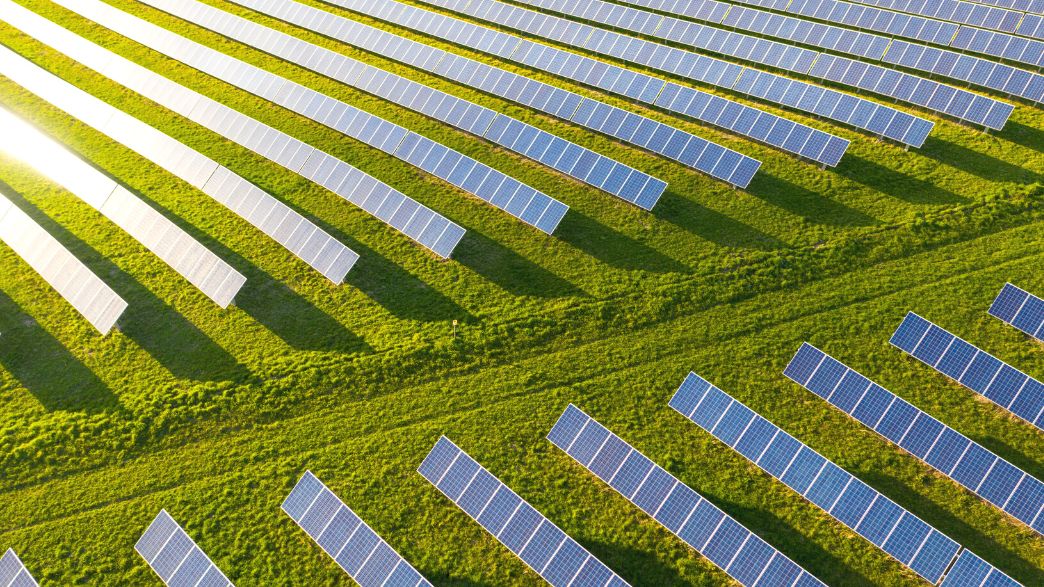In 2022, there were 15 GW of installed power from the solar source, which is equivalent to investments of BRL 115 billion since 2012 with the standardization of DG in the country.
In recent years, solar energy has seen exceptional growth in Brazil. For this to happen, several factors were important to build this scenario. First, the recurrent increases in energy costs for the final consumer made people migrate to cheaper alternatives.
In addition, more and more consumers, whether companies or individuals, have sought renewable sources as alternatives to promote sustainability and the circular economy.
As an option, users have migrated to distributed generation, which is an option that allows consumers to produce their own energy from a clean source, as with solar energy.
However, with the legal framework enacted in Law No. 14,300 of 2022, as of 2023, new users will not be entitled to exemption from fees, as is currently the case. That is why, since 2021, there has been a race to migrate and, consequently, to increase adherence to the model. Understand better.
Solar energy breaks installation record
In November 2022, power generation from photovoltaic solar panels reached the record mark of 22 GW of installed power. This number is the sum of the installed capacity in all projects connected to the national electricity grid. The data are from the National Electric System Operator (ONS).
This value represents a growth of almost 60% over the year. In January, the solar source had 13.8 GW, with the installation of practically one GW per month, according to the Brazilian Association of Photovoltaic Solar Energy (Absolar).
Although the growth is expressive, the source still occupies the third position in the electric matrix, with 11% of participation, but, soon, it must surpass the wind energy that has 23.2 GW of installed power, becoming, less and less, a country dependent on water resources.
Since 2012, when distributed generation was standardized in Brazil, almost BRL 115 billion in new investments, more than BRL 35 billion in public coffers and 600,000 jobs have been generated in ten years, according to Absolar.
Why has solar energy grown so much in Brazil in recent years?
The growing demand for solar energy in Brazil is mainly due to tax incentives and the drop in prices of photovoltaic panels. In addition, distributed solar generation has proven to be a viable option for consumers seeking energy autonomy and companies concerned with the sustainability and decarbonization of the sector.
In addition, since 2020, with the increase in rainfall in the country, electricity costs have increased. Thus, recurrently, the energy bill has become higher, triggering an alert for users. For those who can afford it, there was a greater interest in the migration of distributed generation with the solar source.
The growth seen in 2022 is also due to the end of the migration period for the system with exemption from transmission cost fees. With the enactment of Law nº 14300/2022, those who adhere to the system by January 2023 will guarantee the maintenance of the sector’s rules until 2045.
For those who join the system after that date, they will be taxed at 15%, with a progressive increase until 2028, reaching 90% of taxation. Currently, there is a bill in progress, which tries to extend the deadline for another 12 months, so that there is feasibility for the projects to be approved.
Even though distributed solar generation is growing in the country, Brazil still has a long way to go to reach the goals of investment in renewable energy and decarbonization by 2030.

Comment